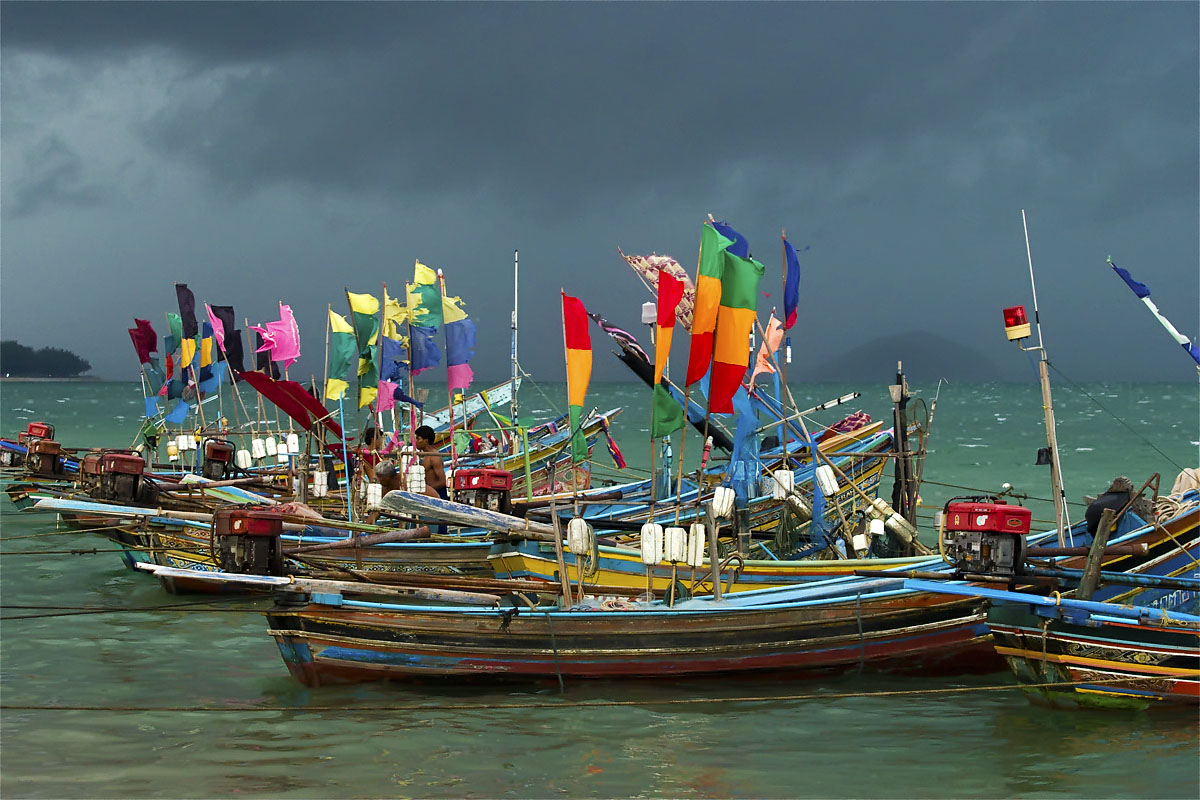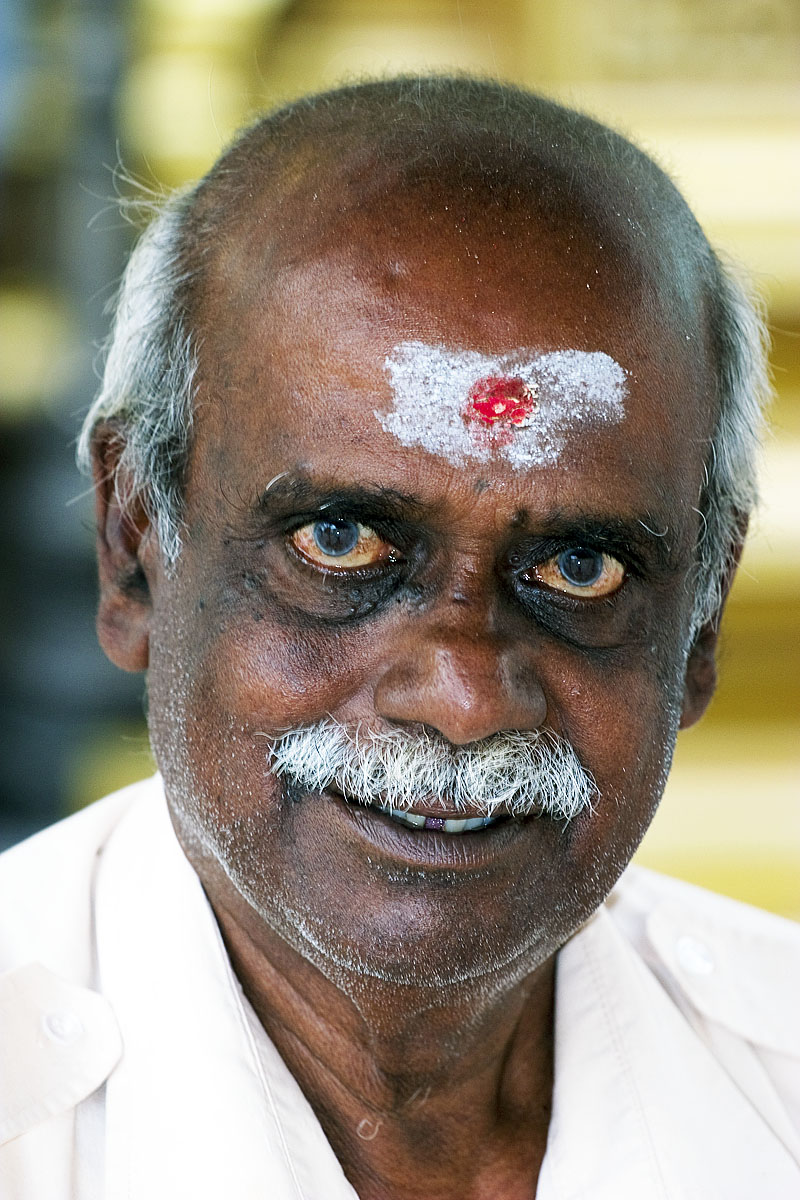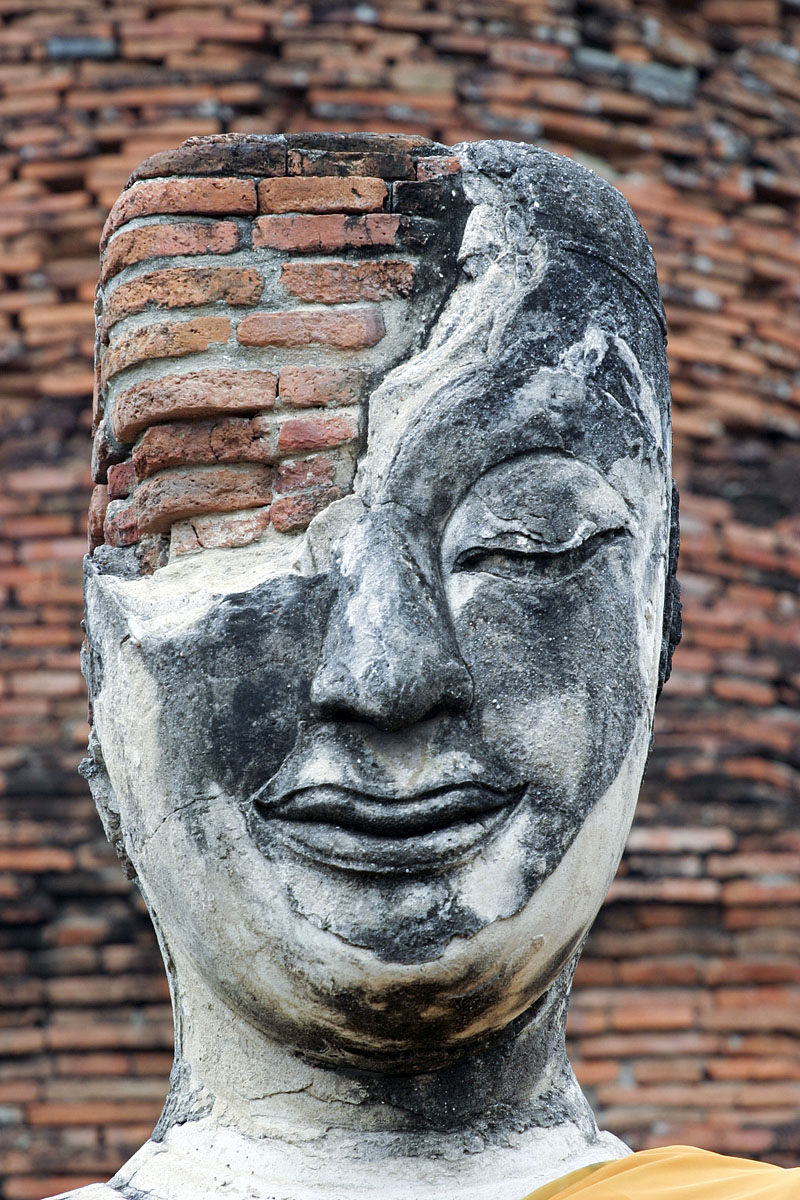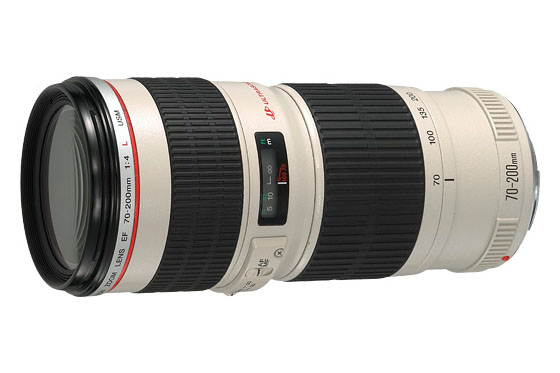Canon EF 70-200mm f/4L Lens Review
Sample Images
A selection of photos taken with my Canon EF 70-200mm f/4L non-IS lens in Thailand and Singapore.
I sold this lens and replaced it with the IS version. These images are not great, but they were all taken with the Canon 10D that I owned when I had this lens. This was a good camera in its day, but compared to today's cameras the sensor was small and low quality. To make matters worse, this was my first DSLR and thinking that full resolution would be too much for my needs, I set the image size at small resolution.
I suspect that photos taken with this lens using a more modern body would look a lot better.

Canon EF 70-200mm f/4L | Canon 10D | ISO:800 | Aperture: f/5 | Shutter Speed: 1/250s | Focal length: 70mm

Canon EF 70-200mm f/4L | Canon 10D | ISO:400 | Aperture: f/5 | Shutter Speed: 1/200s | Focal length: 87mm

Canon EF 70-200mm f/4L | Canon 10D | ISO:200 | Aperture: f/5 | Shutter Speed: 1/125s | Focal length: 145mm

Canon EF 70-200mm f/4L | Canon 10D | ISO:200 | Aperture: f/5.6 | Shutter Speed: 1/125s | Focal length: 172mm

Canon EF 70-200mm f/4L | Canon 10D | ISO:200 | Aperture: f/5.6 | Shutter Speed: 1/350s | Focal length: 200mm

Canon EF 70-200mm f/4L | Canon 10D | ISO:200 | Aperture: f/5.6 | Shutter Speed: 1/500s | Focal length: 200mm

Canon EF 70-200mm f/4L | Canon 10D | ISO:400 | Aperture: f/4 | Shutter Speed: 1/200s | Focal length: 200mm
User Impressions
I bought a Canon EF 17-40mm f/4L lens with my first digital SLR as a general walkaround lens but I had always used manual focus telephoto zooms with my film SLRs so was desperate for an EF equivalent.
My FD 70-210mm f/4 had served me very well for many, many years so this lens, the EF equivalent, was an obvious choice. It's a fantastic lens. It's small, light, and the image quality is incredible. It's one of the cheapest 'L' lenses available and, as such, it is something of a bargain.
I sold it. The only reason for this was that my next purchase was the EF 300mm f/4L IS and I got bitten by the Image Stabilisation bug. When Canon announced an IS version of the EF 70-200mm f/4L I couldn't resist.
I really didn't want to sell the EF 70-200mm f/4L non-IS because it was such a good lens, but after having bought the IS version there was no reason to own both.
On my film camera 70-210mm was 70-210mm. However, with a 1.6x crop body dSLR the EF 70-200mm gets a free teleconverter effect. All of a sudden I found myself trying to hand hold a 320mm lens and the lens shake was quite noticeable.
By the time of the EF 70-200mm f/4L IS announcement, Canon had improved the Image Stabilisation significantly over my 300mm f/4L IS and for me there was no choice.
The only negative thing I can say about the non-IS version is that it doesn't have IS but that is rather obvious. It's still available new and there are lots of good used ones on the market. It's an absolute bargain and regardless of your camera body, this lens will give great results.
The lack of IS means you will need to use a bit more care when shooting in low light but high ISO performance keeps improving, as does noise filtering software.
Of the lenses I have included here, this one probably gets the most interest. It's quite a lot cheaper than the IS version and I think people want to know whether it is worth paying the extra for the IS.
This is a personal choice. My view is that IS is essential, and that the latest version of IS is really worth having. Some people don't share that view.
IS allows you to hand-hold at lower shutter speeds but those lower shutter speeds won't freeze fast moving action. Some people would prefer an EF 70-200mm f/2.8L non-IS to the 70-200mm f/4L IS.
It depends on your personal preferences and the type of subjects you will be shooting. I prefer having an option that I can turn off if I want, rather than having a lens without the option.
Would I Buy One Now?
Personally, no, but if you want a really sharp lens of this focal length and aren't concerned about IS you can probably pick a used one up very cheaply. The look of the lens will give a good indication of how it has been looked after, and if it is cheap and has been looked after these lenses can be real bargains.
My main reason for selling this lens and buying the IS version was for IS. The IS version uses more up to date lens coatings, but differences in image quality were imperceptible.
The non-IS lens, despite its age, is a very high quality lens.
Post-Processing
I owned this lens when I was mostly shooting JPG images. Some original images were shot in the RAW format and converted with Adobe Camera Raw. Noise was reduced using Imagenomic Noiseware Professional. Small amounts of image enhancement were applied using Adobe Photoshop CS2 (curves, levels, saturation) before sharpening using the Smart Sharpen filter (Amount: 30% - 120%, Radius: 0.2px - 0.3px, Remove: Lens Blur).
The large JPG images that open if you click on a thumbnail were saved with a 'High' quality setting of '8' on a scale of 0-12.
Lens Details
Weight: 22 oz; 705 g
Filter Diameter: 67mm
Closest Focusing Distance: 3.9ft; 1.2m
Minimum Aperture: f/32
Maximum Aperture: f/4
Autofocus: Ring-Type Ultrasonic Motor
Supplier: Cathay Photo, Singapore
Lens Hood: ET-74 (included)
Soft Case: LP1224 (included)
Other Review Pages You May Be Interested In

